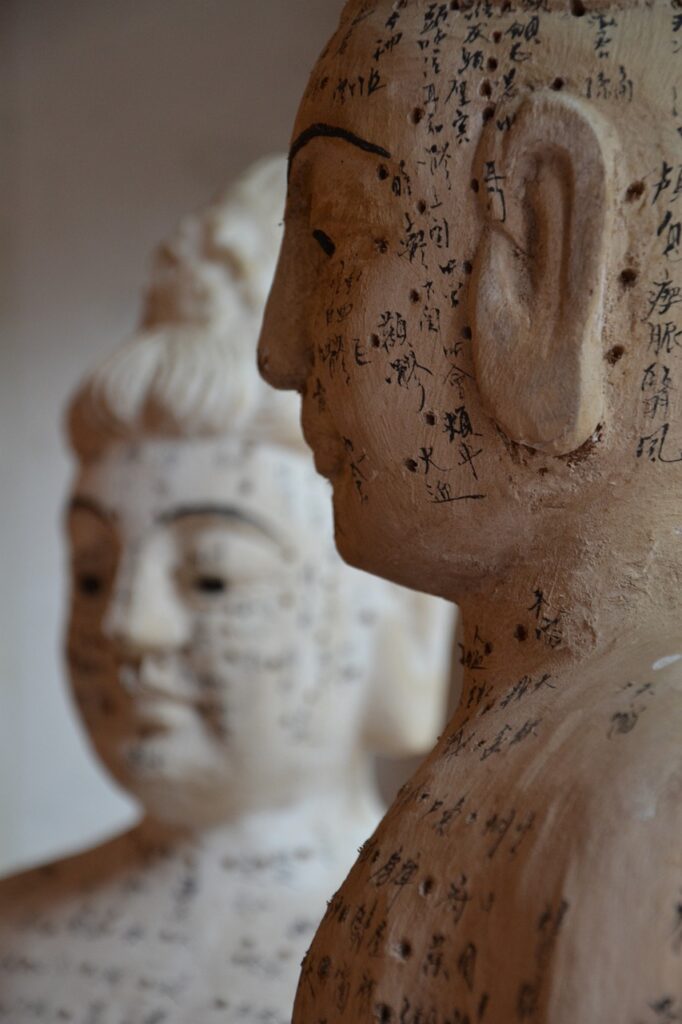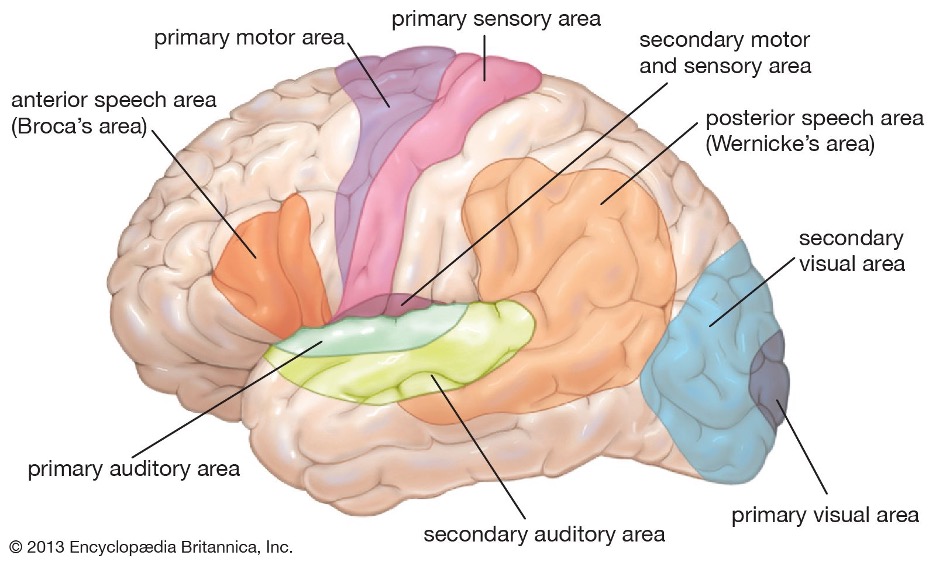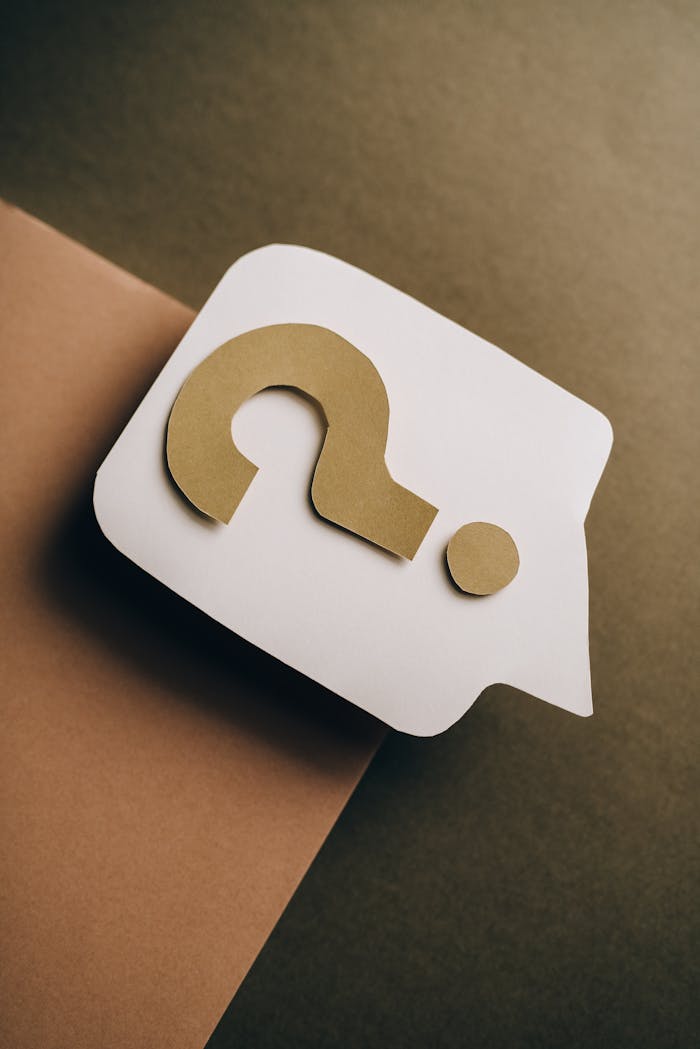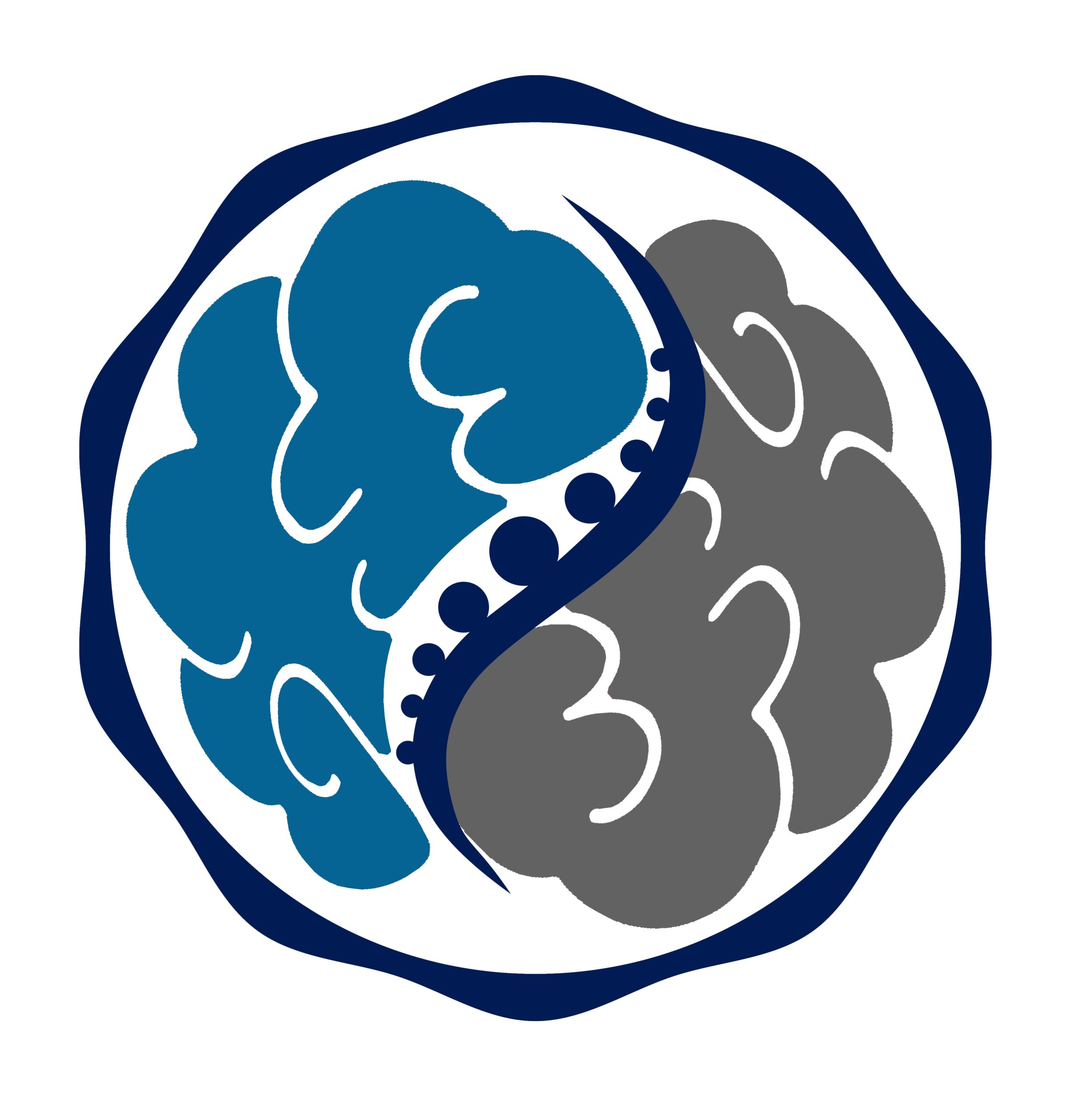How Does Acupuncture Help You Recover From Stroke?
Acupuncture in Stroke Recovery:
- Stroke is a sudden impairment of brain function, which can lead to paralysis, loss of sensation (such as touch), impairment or loss of cognitive abilities, loss of speech, or a combination of these.
- Stroke occurs when a blood vessel carrying oxygen or nutrients to the brain is blocked by a clot (ischemic stroke) or bursts (hemorrhagic stroke).
- Both types of strokes are severe and can cause permanent disability, even though 80% of all cases are preventable.
- In recent years, an advanced acupuncture specialty called “neuro-acupuncture” or “scalp acupuncture” has become a popular therapy, alongside mainstream rehabilitation, with often remarkable results.
Keep reading about how neuro-acupuncture may help you towards overcoming stroke, as well as some potential risks.
Vital Statistics
1. Every 40 seconds, someone in the United States has a stroke. Every 3 minutes and 14 seconds, someone dies of stroke. 2. Every year, more than 795,000 people in the United States have a stroke. 3. About 87% of all strokes are ischemic strokes, in which blood flow to the brain is blocked. 4. Stroke is a leading cause of serious long-term disability. 5. Stroke reduces mobility in more than half of stroke survivors age 65 and older. |
How will acupuncture benefit you?
1. Neuro-acupuncture was originally developed in China the 1950’s and 1960’s on the principles of modern neuro-anatomy and physiology, with a focus on neurological rehabilitation.
2. Evidence based research and meta-analysis confirm its role in stroke rehabilitation.
3. Acupuncture is easily accessible and relatively low cost, especially when compared to other mainstream solutions.
4. Very few temporary side-effects.
5. Allows for retraining the nervous system and re-forming the appropriate neural connections, that will enable regaining those normal bodily functions lost after stroke (Neuroplasticity). |

Acupuncture was developed in East Asia over 2000 years ago, and it remains a very popular medical practice in Japan, Malaysia, Taiwan, South Korea, China, Singapore, Vietnam and various other Asian countries.
It involves the insertion of very thin, single use, medical-grade stainless-steel needles (called the filiform needles) into the skin, at specific points.
Thousands of years ago, the ancient Chinese believed that a mysterious energy called the “qi” travels within special conduits, the “meridians”, and when they become blocked, acupuncture can restore their flow. Today we understand that the so-called “meridians” correspond largely to neural pathways, and acupuncture points are simply arranged according to a similarity of neurological functions.
Or sometimes the muscles of the body become hyper-irritable, and form palpable nodules in tense bands of muscle fiber. The ancient Chinese often referred to these points as “Ah shi” points. Ah Shi means “Oh Yes”! Because when released, they offer immediate pain relief.
Today, these points are called myofascial trigger points, and they have been studied as part of mainstream medicine since the early 1940’s.
Because of the trigger points, ordinary acupuncture is often presented as a natural treatment for pain, ignoring the vast range of complains that it has a scientifically demonstratable effect.
Today we know that the effects of acupuncture extend beyond pain and they can often benefit your sleep patterns, your energy levels, cognitive abilities, digestion, stress and anxiety and general health being.
— In the case of stroke recovery, neuro-acupuncture specifically has a significant effect on the treatment of the central and peripheral nervous system.
Acupuncture in the United States is legally practiced only by Licensed Acupuncturists.
Neuro-Acupuncture is an Acupuncture specialization which requires additional training and certification. The training provided at the Neuro-Acupuncture Institute is the leading industry standard.
Dr. Solos is the Secretary of the Neuro-Acupuncture Institute, and a leading authority of Neuro-Acupuncture in the United States.
Can acupuncture treat the effects of stroke?
Various systematic reviews and meta-analyses of published research studies have demonstrated a positive effect of acupuncture in patients with motor disfunction¹. Acupuncture in such cases acts by promoting neuroplasticity in the subcortical regions that are commonly affected by stroke and in the cortical motor areas that may compensate for motor deficits.
Other systematic and meta studies focus on the positive effects of acupuncture on cognitive impairment, ² especially when combined with rehabilitation training. 3
Here acupuncture may elicit vegetative reflexes, and thereby changing the flow of blood and enhancing the functional properties of connective tissue and organs. The acupuncture signals are recognized as a potent form of sensory stimulation that ascends to the brain.
Of course, there is also an abundance of reviews and meta studies that examine positive effects of acupuncture on post stroke aphasia. 4
post stroke fatigue 5, post-stroke hemiplegia 6 and post-stroke depression.7
Although the amount of evidence on the positive effects of acupuncture on stroke rehabilitation is quite extensive, this is not immediately reflected in the allopathic standard of care outside East Asia. This is mostly due to lack of successful interdisciplinary communication.
Over the last few years, Acupuncture Professional Associations, lobbyists and legislators have been working towards rectifying this discrepancy.
How acupuncture affects your body
Neuro-Acupuncture works by stimulating the parts of the brain that are responsible for specific brain functions.
During treatment, the acupuncturist will insert sterile, single-use needles at specific points on the head, inducing (but not forcing) a positive stimulation of those areas.
The acupuncturist, may ask the patient to perform specific tasks, such as attempting to speak, stand, open or close their palm, move their arms etc., so that the acupuncture stimulation and the intent for the desired effect may allow for neuroplasticity to take place, and positive cognitive neural connections to be formed.

For neuro-acupuncture, the doctor may often ask you to sit on a chair, as opposed to lying on a bed. This may depend on the area that the acupuncturist is going to focus on treating.
Sometimes you may feel the needles, other times the needling sensation maybe very mild.
A typical acupuncture session may last from 30 to 60 minutes depending on the individual case. One course of treatments is approximately 10-12 sessions.
For simple cases, sometimes one course is enough. For more complicated, severe and chronic cases, several rounds will be necessary.
Risks and precautions
1. Acupuncture may cause slight bleeding or bruising around the area of needle insertion.
2. It may cause drowsiness or lightheadedness during or immediately after treatment.
3. Sometimes after acupuncture, there may be a lingering discomfort for a few days, or a flare up of your condition. This “healing crisis” is a normal part of the recovery process and it shows that the body is responding to the acupuncture effect. The initial discomfort eventually fades away as the healing process advances.
4. Acupuncture is a healing process and will not immediately cancel out a lifetime of health neglect within a very short time. You will need to discuss and work together with your provider, towards step by step attaining your health goals.
5. Acupuncture is not always covered by insurance. Check with your provider about prices or package deals.
|
Before contacting an acupuncturist make sure that they are licensed and in good standing.
Most licensed acupuncturists have completed a minimum of 3-4 years training at a graduate school, have passed National Board Exams administered by NCCAOM 8 and attained a State Board License, before they are allowed to practice.
Dr. Solos highest degree is a PhD in Chinese and Western Integrative Medicine. He belongs to an exclusive group of merely a handful of western practitioners to have had their full medical and clinical education in China.
FAQ

How will acupuncture benefit you?
1. Neuro-acupuncture was originally developed in China the 1950’s and 1960’s on the principles of modern neuro-anatomy and physiology, with a focus on neurological rehabilitation.
2. Evidence based research and meta-analysis confirm its role in stroke rehabilitation.
3. Acupuncture is easily accessible and relatively low cost, especially when compared to other mainstream solutions.
4. Very few temporary side-effects.
5. Allows for retraining the nervous system and re-forming the appropriate neural connections, that will enable regaining those normal bodily functions lost after stroke (Neuroplasticity). |
What do I do if I am suspecting that I have a stroke, or someone I know is having a stroke?
Signs of stroke can be the following:
· Sudden numbness of weakness of face, arm and leg, one side of the body · Sudden confusion, inability to speak or understand · Sudden inability of seeing in one or both of the eyes · Sudden trouble walking, dizziness, loss of balance or coordination · Sudden, severe headache with no obvious cause |
In all the above cases please call 911 and take the person to the hospital immediately.
In case of a suspected stroke, you may evaluate the situation by using this useful mnemonic called FAST:
· F: Face – ask the person to smile · A: Arm – Ask the patient to raise both arms · S: Speech – Ask the patient to repeat a simple sentence · T: Time — call 911 |
It is imperative that you take the stroke patient to the hospital within the first three hours (3 hours) after developing the first symptoms. In case of an ischemic stroke a clot dissolving medication called tissue plasminogen activator (tPA) can be administered, and increase your chances for full recovery. However, this medicine works best only within the first 3 hours from the beginning of the incident.
Bottom line
There is much systematic and meta-analysis research data that supports the positive effects of acupuncture in stroke rehabilitation.
Always speak with your doctor about your options before including acupuncture to your treatment plan.
Recovery from stroke, even with the help of acupuncture may be a lengthy and challenging journey that lasts many months or several years. Make sure that you persist, give it time, be patient, and adhere to the acupuncture treatments.
Sometimes things get worse before they get better, especially after suffering from a severe condition.
Understand that in severe stroke there are no quick fixes, or miraculous cures that can be performed in a very short time and allow you to return to your previous life immediately.
¹ https://pubmed.ncbi.nlm.nih.gov/34188677/
2 https://pubmed.ncbi.nlm.nih.gov/37473532
3 https://pubmed.ncbi.nlm.nih.gov/36254056
4 https://pubmed.ncbi.nlm.nih.gov/36291216
5 https://pubmed.ncbi.nlm.nih.gov/36639992/
6 https://pubmed.ncbi.nlm.nih.gov/32347210/
7 https://pubmed.ncbi.nlm.nih.gov/34371213
8 https://www.nccaom.org
